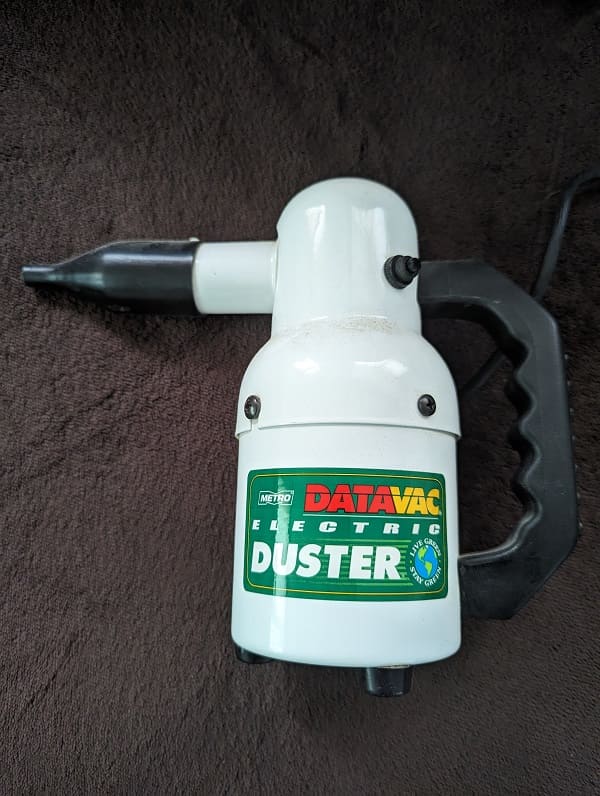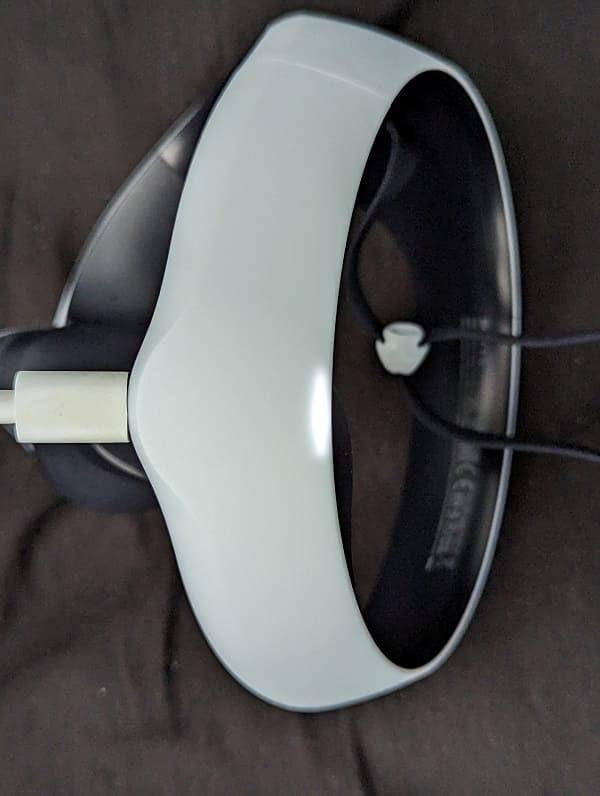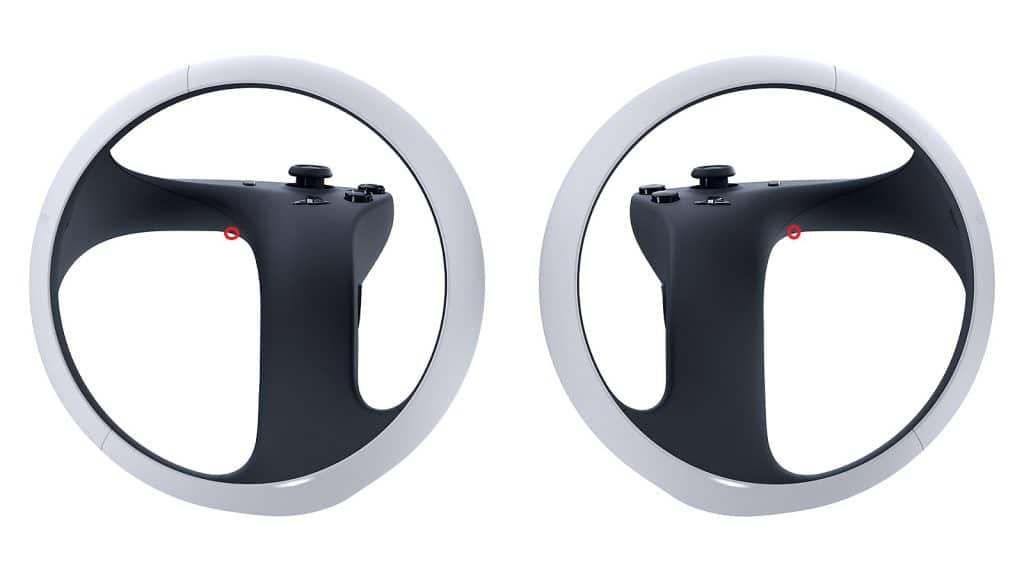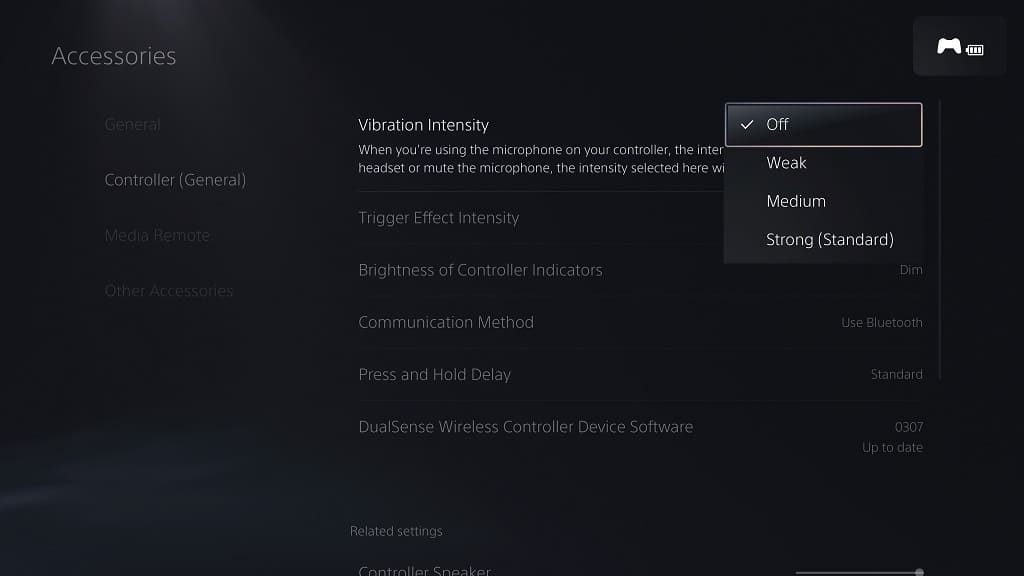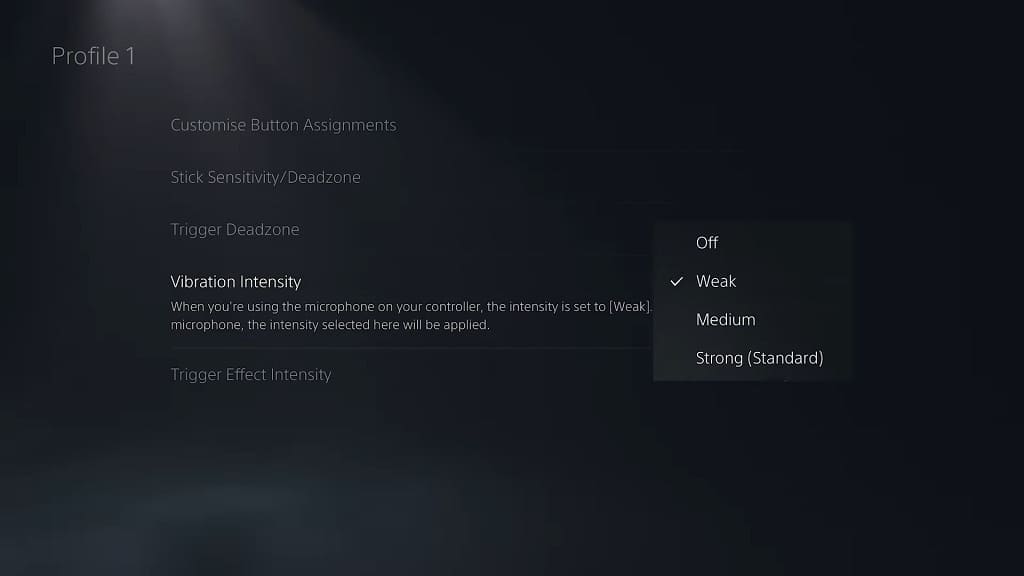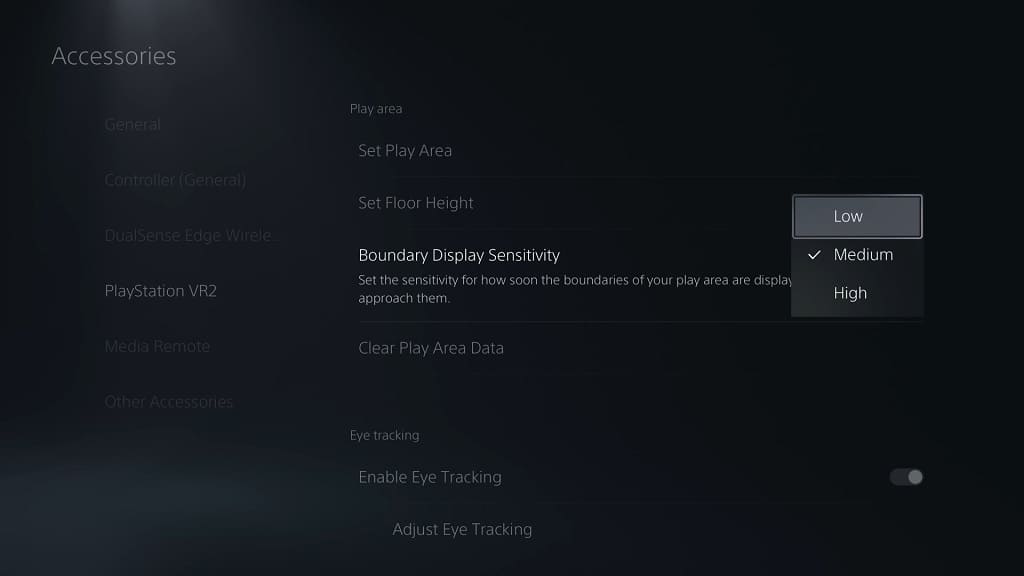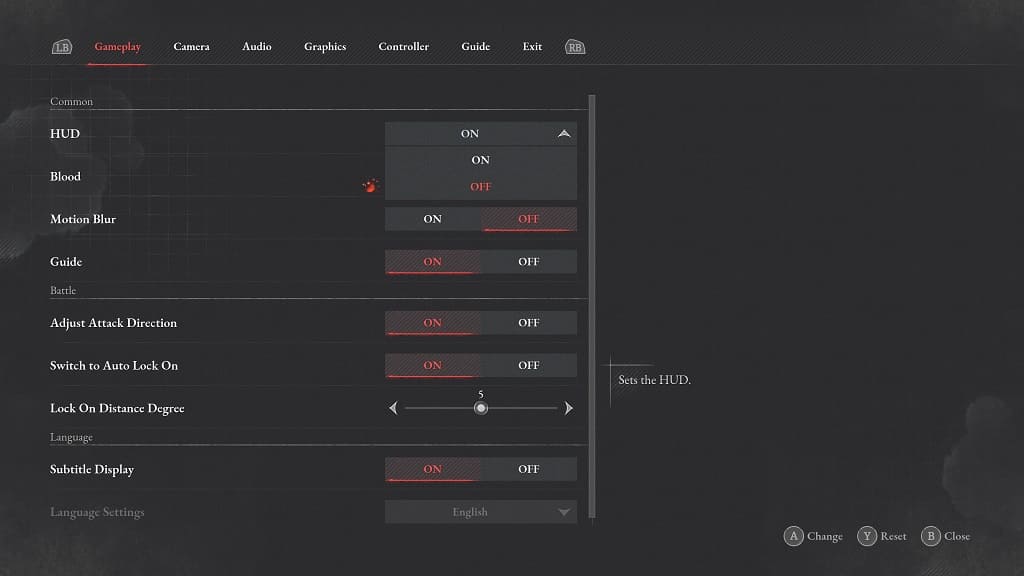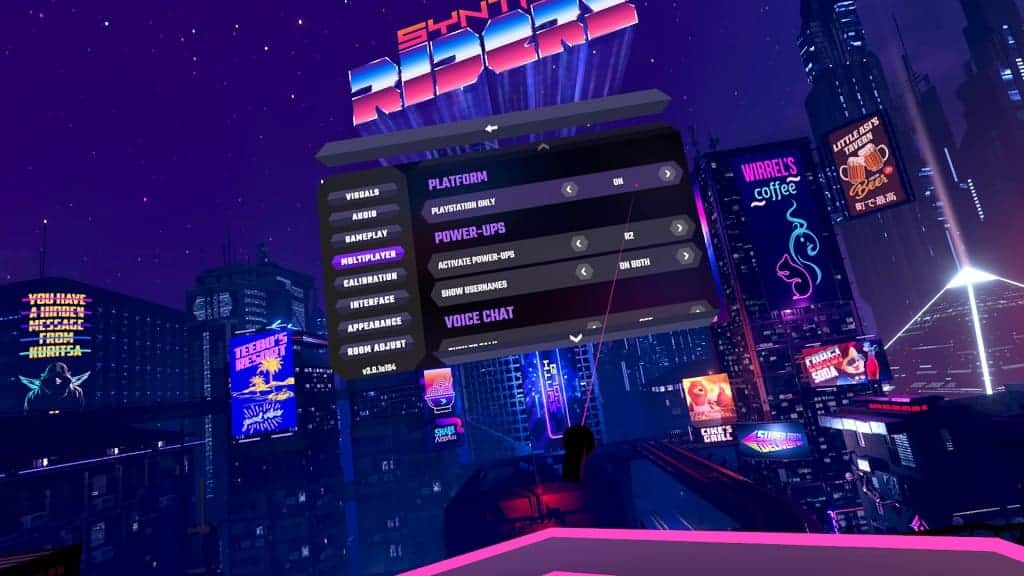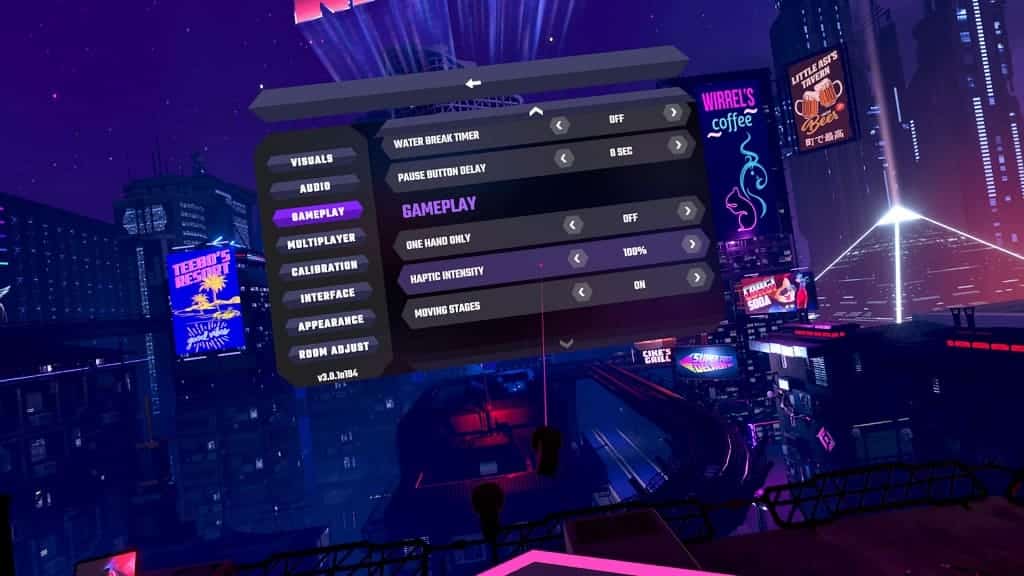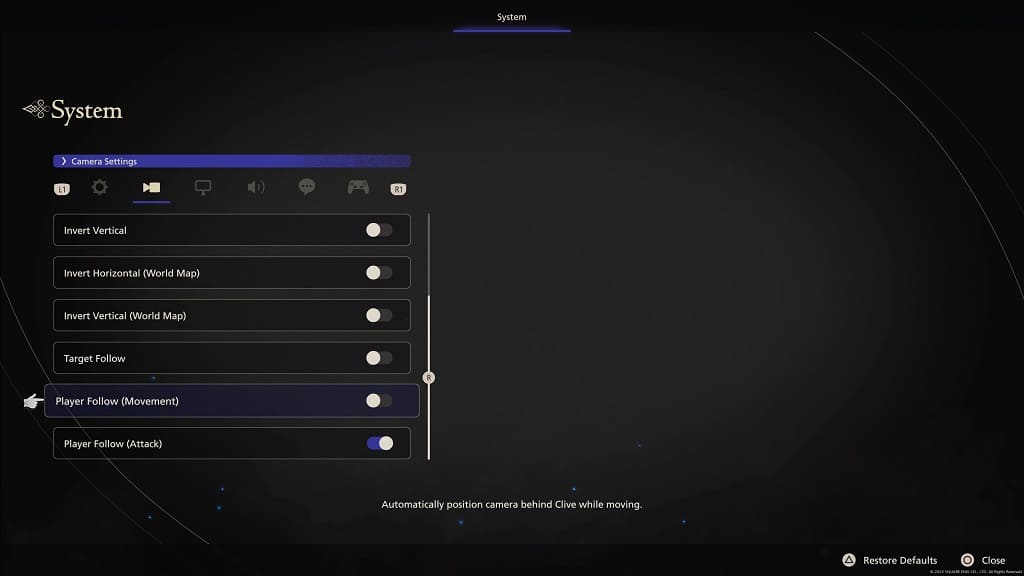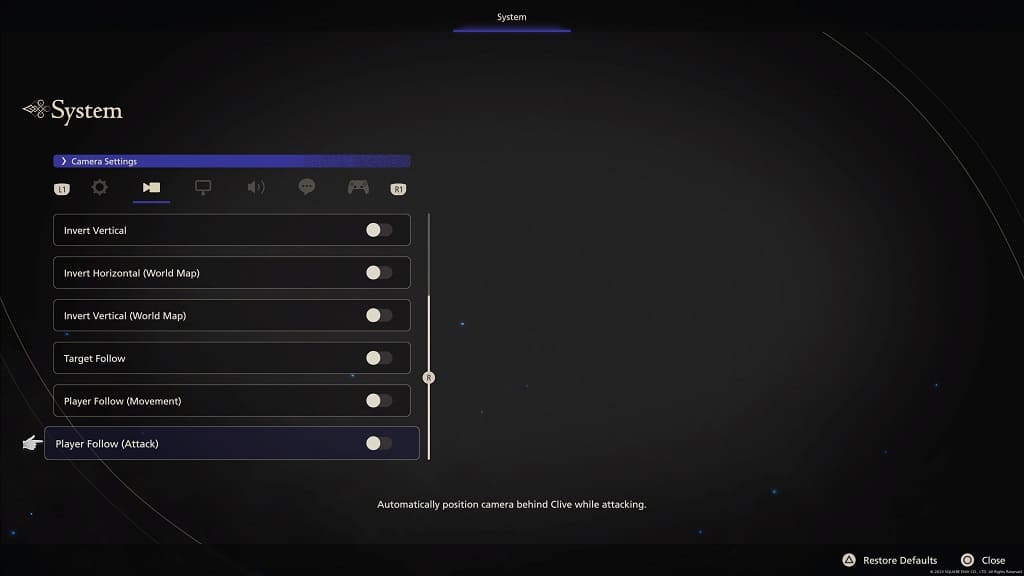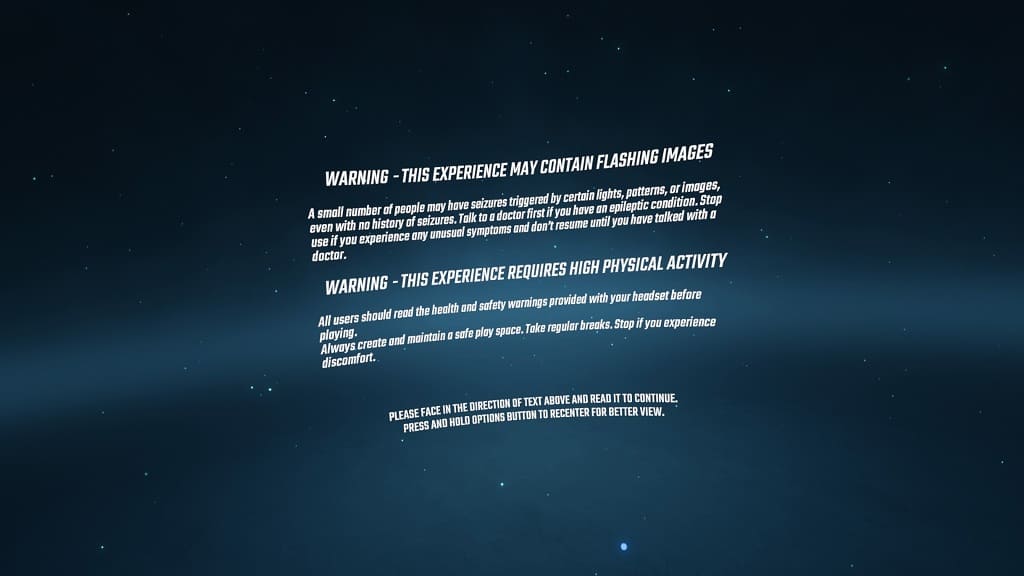If you bought the Samsung QN90C (also known as QN90CD), then you can check out this Seeking Tech guide to find the best settings to utilize when using this TV to play games on the PlayStation 5, Xbox Series X and/or Xbox Series S.
Model Numbers
This guide should cover all screen sizes of the QN90C, including the following model numbers:
43″:
- QN43QN90CAFXZA
- QN43QN90CDFXZA
50″:
- QN50QN90CAFXZA
- QN50QN90CDFXZA
55″:
- QN55QN90CAFXZA
- QN55QN90CDFXZA
65″:
- QN65QN90CAFXZA
- QN65QN90CDFXZA
75″:
- QN75QN90CAFXZA
- QN75QN90CDFXZA
85″:
- QN85QN90CAFXZA
- QN85QN90CDFXZA
Supported QN90C Console Gaming Features
With the Samsung QN90C, you will be able to play PlayStation 5 games at up to 120 frames per second. The other supported features include Auto Low Latency Mode, HDR10 and Variable Refresh Rate (for as low as 48 fps).
For the Xbox Series X and Xbox Series S, the QN90C can also display supported games at up to 120 fps. With these two consoles, this TV also supports Auto Low Latency Mode, HDR10 and Variable Refresh Rate (for as low as 40 fps).
Recommended QN90C settings for console gaming
To get the best out of your PS5, Series X or Series S consoles with the QN90C, you can take the following steps:
1. To start off, make sure you properly connect your console to the QLED.
For the PlayStation 5 and Xbox Series X, you can use the HDMI 2.1 cable that came with these consoles to connect to any of the four HDMI ports of the TV.
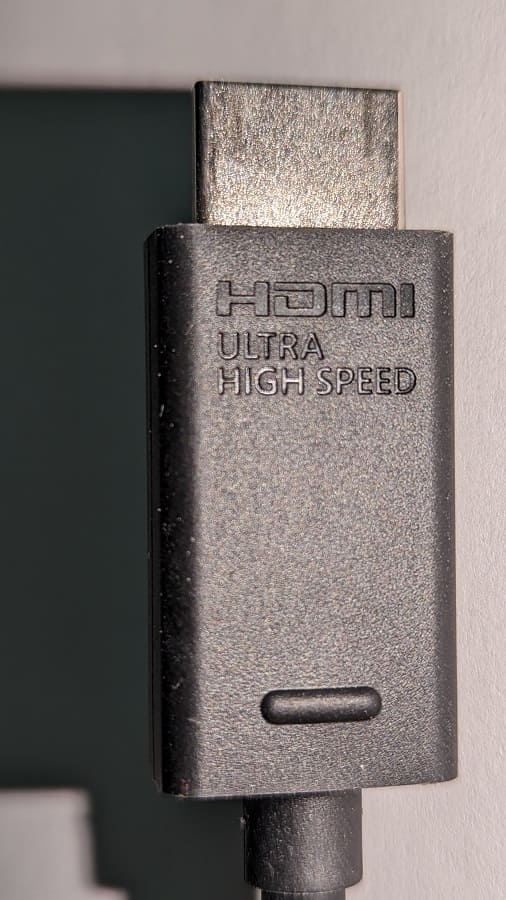
For the Series S, you can use the HDMI 2.0 cable that came with the system or get a HDMI 2.1 cable.
2. Next, make your way to the Settings> All Settings > Connection > Game Mode Settings > Game Mode. Afterwards, make sure that Game Mode is set to On.
By doing so, you should be able to get the lower input lag possible when playing a PS5 or Xbox Series game. Furthermore, Variable Refresh Rate should automatically be enabled on the QLED television set. VRR will help with minor frame rate drops and screen tearing.
While there are other TV settings that you can mess with, we recommend that you leave them alone for now.
3. On the console side, there are several settings that you may need to change.
For the PlayStation 5 and PlayStation 5 Digital Edition consoles, head over to the Settings > Screen and Video > Video Output menu. From there, set the following to Automatic:
- Variable Refresh Rate
- 120 Hz
- ALLM
- 4K Transfer Rate
- Deep Color Output
- RGB Range
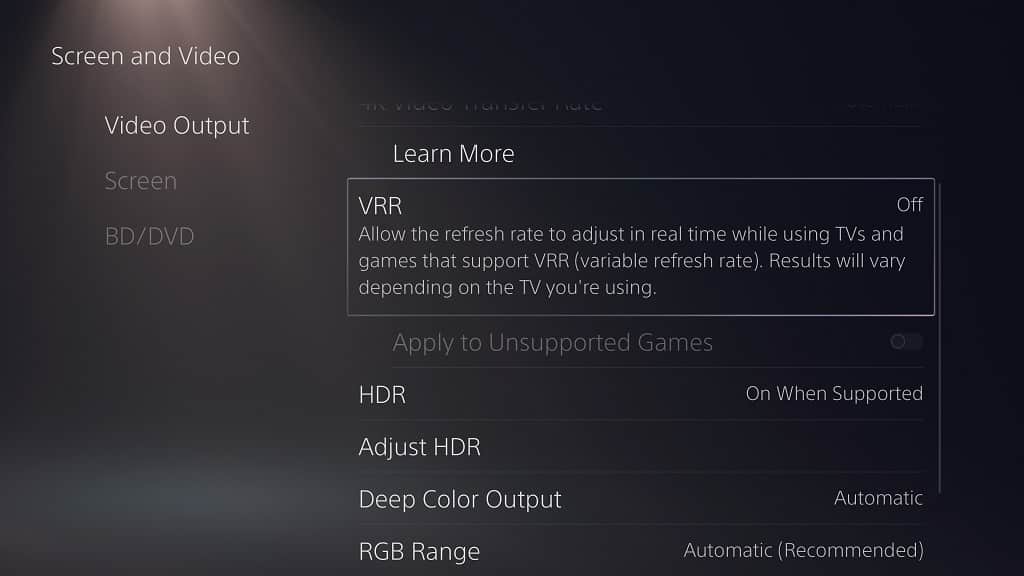
For the Xbox Series X and Xbox Series S, navigate towards the Settings > General > TV & Display Options > Video Modes menu. You should then make sure that the following boxes are selected:
- Allow Auto-Low Latency Mode
- Allow variable refresh rate
- Allow 4K
- Allow HDR10
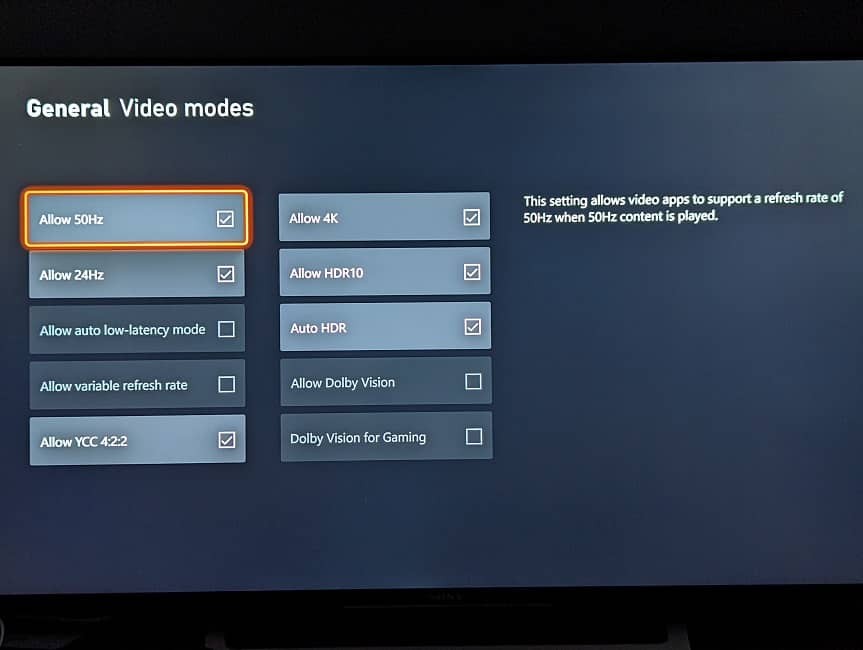
5. One last step for the console side, you need to take is to calibrate the HDR output of your console to match the QN90C.
You can find the menu to do so on the PS5 by making your way over to Settings > Screen and Video > Video Output > Adjust HDR.

On the Series X and Series S, you need to go to Settings > General > TV & Display Options > Calibrate HDR for games.
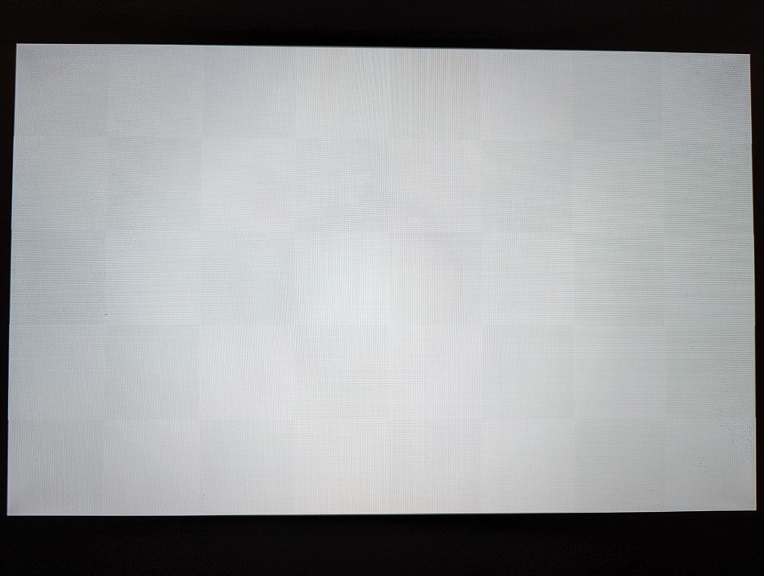
In both of these cases, follow the on-screen instructions to get HDR content to display properly on your QLED.
6. If some scenes in a game you are currently playing appear to be too dark, then you can adjust the Dynamic Black Equalizer setting from the Game Mode Settings menu of the Samsung QN90C.
If you feel that some games are running a little bit choppy, then you can go to the Game Motion Plus Settings from the Game Mode Settings screen. On the next page, you can adjust the Blur Reduction slider to make 60 fps games look smoother or the Judder Reduction slider to make 30 fps games look smoother. Furthermore, you can also add Black Frame Insertion by enabling LCD Clear Motion.
